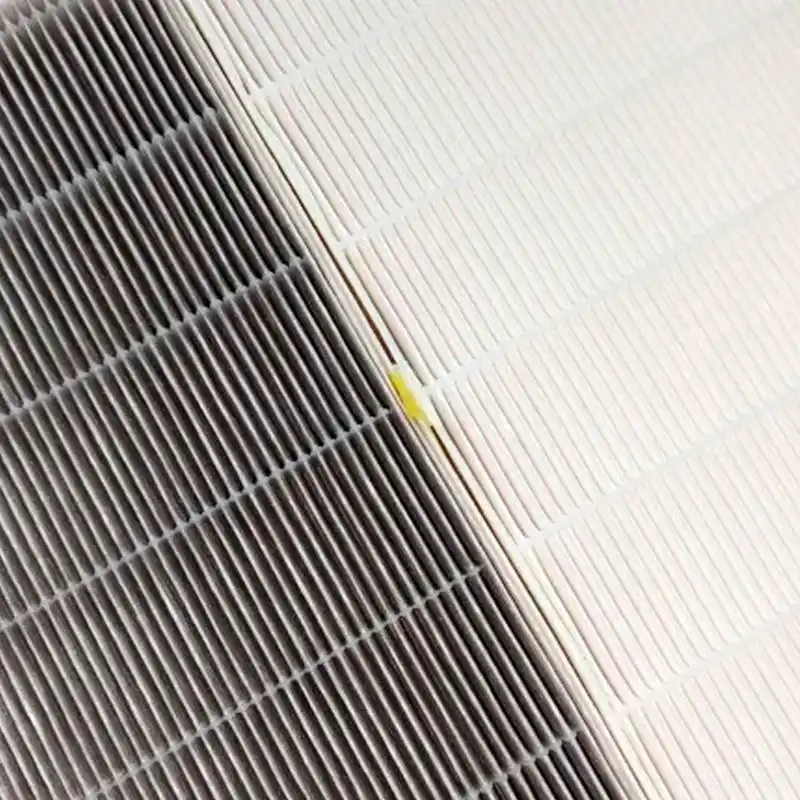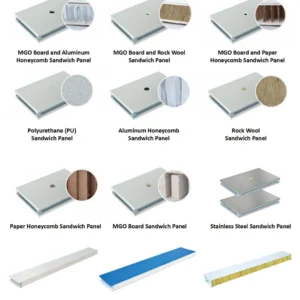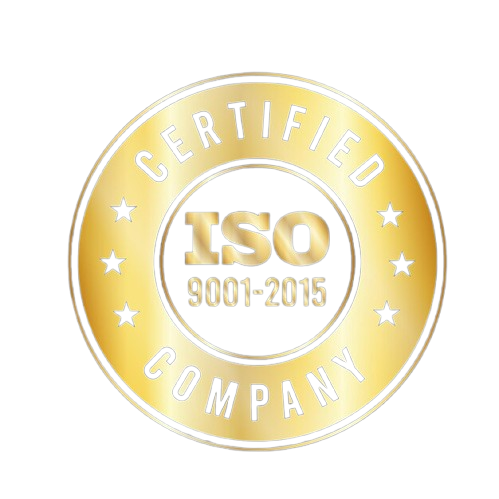In today’s world, maintaining good indoor air quality has become essential for our health and well-being. One crucial aspect of achieving this is by using High-Efficiency Particulate Air (HEPA) filters in our air purifiers and HVAC systems.
However, many people are unsure about how often they should change their HEPA filters to ensure clean and healthy air.
In this comprehensive guide, we will address this question and provide you with all the information you need to breathe easier.
Clean air is essential for a healthy life, and HEPA filters play a crucial role in ensuring that the air we breathe is free of harmful particles. HEPA stands for High-Efficiency Particulate Air, and these filters are designed to capture particles as small as 0.3 microns with a high efficiency of 99.97%. Understanding how often to change your HEPA filter is vital for maintaining its effectiveness and your overall well-being.
What Is A HEPA Filter?
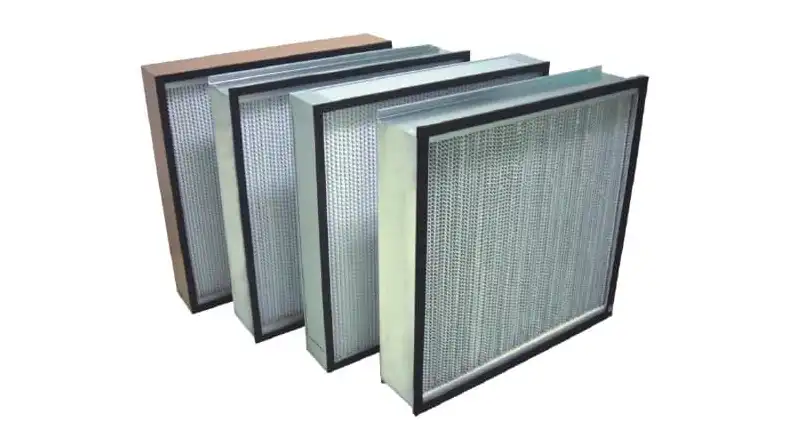
A HEPA filter is a type of mechanical air filter that traps tiny particles such as dust, pollen, pet dander, and even bacteria and viruses. It consists of a mat of randomly arranged fibers made from materials like fiberglass. These fibers create a maze-like structure that captures particles as air passes through.
How Do HEPA Filters Work?
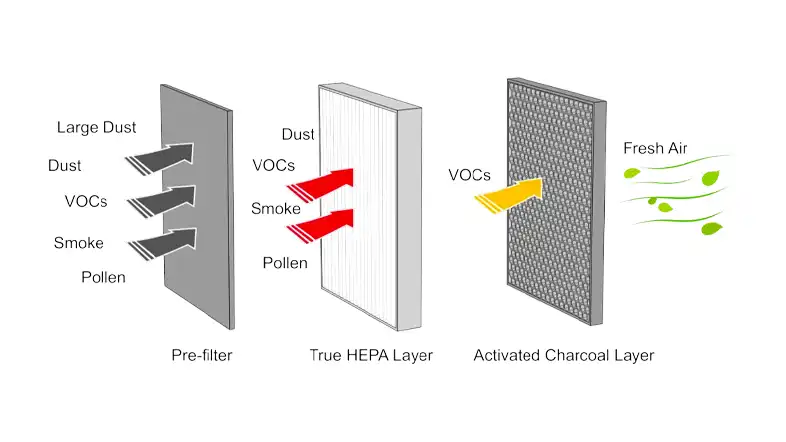
HEPA filters work on the principle of mechanical filtration. When air-containing particles enter the filter, these particles become trapped within the fibers due to a combination of three mechanisms: impaction, interception, and diffusion. This intricate process ensures that the air leaving the filter is significantly cleaner and healthier.
Importance of Regular HEPA Filter Replacement
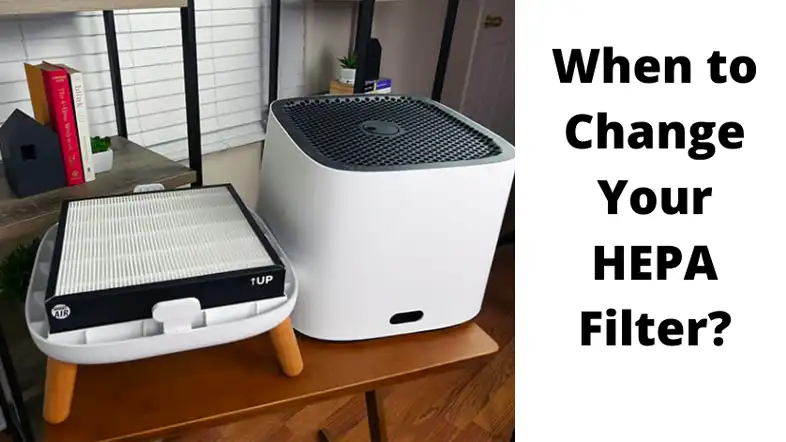
Here are some reasons why HEPA filter.
Health Benefits
It is crucial for your health to replace your HEPA filter on a regular basis. These filters are designed to trap allergens and pollutants that can worsen conditions such as asthma and allergies. By ensuring that the filters are clean, you can breathe more easily and decrease the chances of experiencing health problems caused by poor air quality.
Efficiency and Performance
Not only does filter replacement contribute to better health, but it also ensures the continued efficiency and performance of your air purification system. A clogged or old filter can obstruct airflow and reduce the effectiveness of your purifier, allowing more particles to circulate in your home.
Factors Affecting Filter Lifespan
The frequency at which you need to change your HEPA filter can vary depending on several factors:
Usage Frequency
The more frequently your air purifier runs, the faster the filter will become saturated with particles. If you use your purifier continuously, you may need to change the filter more often.
Indoor Air Quality
If you live in an area with high levels of air pollution or have pets, your filter may become clogged more quickly. It’s essential to consider the quality of the air in your environment.
Environmental Conditions
Environmental factors, such as dust and pollen levels in your area, can impact how often you should change your filter. Additionally, smoking indoors can significantly reduce filter lifespan.
Signs That Your HEPA Filter Needs Replacement
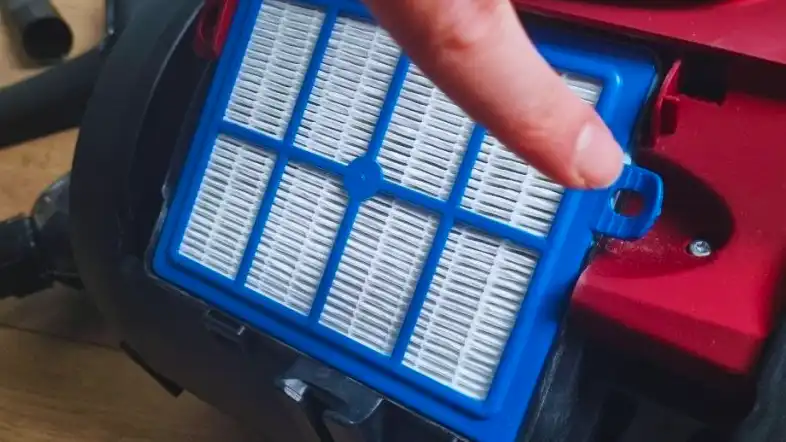
Here are the signs that indicate your HEPA filter needs replacement:
- Reduced Airflow: If you notice a decrease in the airflow coming from your air purifier or HVAC system, it may be a sign that the HEPA filter is clogged and needs replacement.
- Visible Dust or Particles: If you see dust or particles escaping from the air purifier or vents, it’s a clear indicator that the HEPA filter is no longer effectively trapping particles and should be replaced.
- Increased Allergy Symptoms: If occupants in your home experience an increase in allergy symptoms or respiratory issues, such as sneezing, coughing, or watery eyes, it could be due to a saturated HEPA filter that’s no longer filtering allergens effectively.
Monitoring these signs and promptly replacing your HEPA filter when necessary is essential to maintain clean and healthy indoor air quality.
When to Change Hepa Filter
You must change your HEPA filter when it no longer effectively captures airborne particles. The frequency of replacement depends on various factors:
Manufacturer’s Recommendations: Refer to the user manual or guidelines provided by the manufacturer of your air purifier or HEPA filter. They often provide specific recommendations for filter replacement intervals.
Usage: The more frequently you use your air purifier, the quicker the filter will become clogged with particles. If you use it in a highly polluted or dusty environment, you may need to replace the filter more frequently.
Air Quality: If you reside in an area with high levels of air pollution, allergens, or other airborne contaminants, your filter may become saturated more rapidly.
Filter Type: Some HEPA filters come with indicators that signal when it’s time for replacement, while others do not. If your filter has an indicator, follow its guidance.
Visual Inspection: You can also visually inspect the filter. If it appears visibly dirty or discolored, it is a clear indication that it needs to be replaced.
Decreased Performance: If you notice a decline in your air purifier’s performance, such as reduced airflow or decreased improvement in air quality, this may indicate that the filter requires replacement.
HEPA filters can last anywhere from 6 months to 2 years or more. However, it is crucial to adhere to the manufacturer’s recommendations and consider the specific conditions in your environment.
Regularly replacing the filter is essential to maintain the efficiency and effectiveness of your air purifier in providing clean and healthy indoor air.
How Often Should You Change Your HEPA Filter?
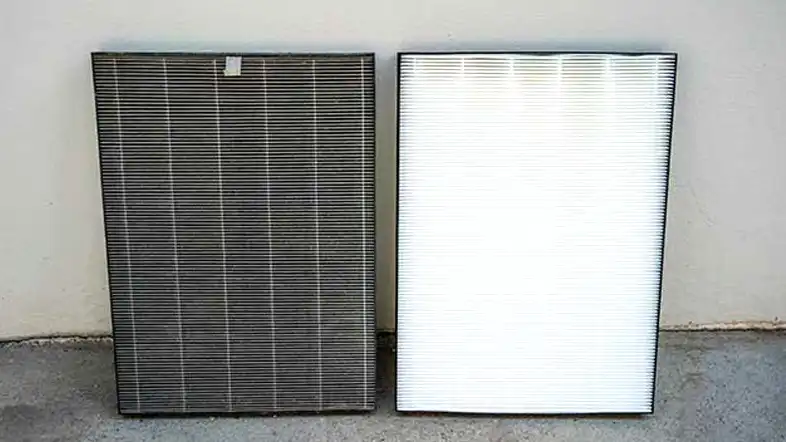
The frequency of changing your HEPA filter depends on several factors, including the specific environment and usage conditions.
Here are some general guidelines:
Residential Use in a Standard Environment:
For typical home use in an environment with average air quality, it is recommended to change your HEPA filter approximately every 6 to 12 months. This interval allows the filter to effectively capture and remove particles without becoming overly saturated.
High-Pollution Areas or Homes with Pets:
In areas with high levels of air pollution, or if you have pets that shed dander and hair, consider more frequent filter replacement. Changing the HEPA filter every 3 to 6 months can help maintain air quality and filter efficiency.
Commercial and Industrial Settings:
In settings with higher levels of airborne contaminants or heavy usage, such as commercial spaces or industrial facilities, more frequent filter changes may be necessary. The frequency can vary widely, so it’s advisable to monitor the filter’s condition and replace it as needed.
It’s important to note that these are general recommendations, and specific situations may require adjustments. Regularly checking your HEPA filter’s condition and following the manufacturer’s guidelines for your air purifier or HVAC system is essential to ensure clean and healthy indoor air.
How to Change Hepa Filter?
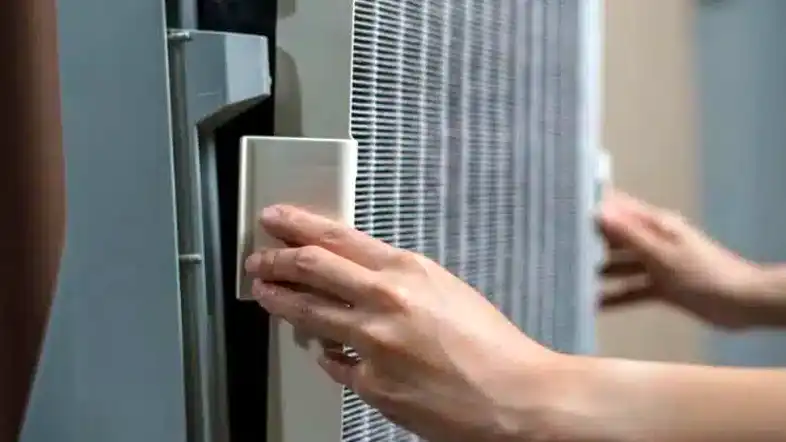
Changing a HEPA filter is a straightforward process, and it’s essential to do it correctly to maintain clean indoor air quality. Here’s a step-by-step guide on how to change a HEPA filter:
1. Turn off Your Air Purifier or HVAC System:
Before you begin, make sure your air purifier or HVAC system is turned off to ensure safety and prevent the spread of contaminants during the replacement process.
2. Locate the Filter Compartment:
Refer to your device’s user manual to find the location of the HEPA filter compartment. It’s usually accessible from the front or back of the air purifier or within the HVAC system.
3. Open the Filter Compartment:
Depending on the model, you may need to press a latch, slide a panel, or remove screws to access the filter compartment. Follow the manufacturer’s instructions to open it properly.
4. Remove the Old HEPA Filter:
Gently take out the old HEPA filter from its compartment. Be cautious not to release any trapped particles back into the air. If the filter is exceptionally dirty, you may want to wear gloves or a mask for added protection.
5. Install the New HEPA Filter:
Unpack your new HEPA filter and ensure it matches the size and compatibility specifications recommended by the manufacturer. Insert the new filter into the compartment, making sure it’s properly seated and oriented correctly according to any directional arrows or labels.
6. Close the Filter Compartment:
Carefully close and secure the filter compartment, following the instructions in your user manual. Ensure that it’s properly sealed to prevent air leaks.
7. Turn On Your Device:
Once the HEPA filter is securely in place, turn on your air purifier or HVAC system. It may take a few moments for the system to reach its full airflow and filtration capacity.
8. Monitor Filter Performance:
After replacing the HEPA filter, monitor its performance regularly. If you notice a significant decrease in airflow or any signs that the filter is becoming clogged, consider checking and potentially replacing it sooner than the recommended interval.
It’s essential to follow the manufacturer’s specific instructions for your air purifier or HVAC system, as the process may vary slightly depending on the model and brand. By changing your HEPA filter at the recommended intervals and following proper replacement procedures, you can ensure that your indoor air remains clean and healthy.
Choosing the Right Replacement Filter
Filter Types
HEPA filters come in various types, including True HEPA, HEPA-like, and HEPA-type filters. True HEPA filters are the most effective, so always opt for genuine HEPA filters when replacing them.
Sizing and Compatibility
Ensure that the replacement filter matches the size and compatibility specifications recommended by your air purifier or HVAC system’s manufacturer.
Maintenance Tips for Prolonging Filter Life
To make your HEPA filter last longer and maintain its effectiveness, follow these tips:
- Vacuum and dust your home regularly to reduce the load on the filter.
- Place air purifiers in strategic locations for optimal air circulation.
- Keep windows and doors closed during high-pollution periods.
- Check your filter’s condition periodically and replace it as needed.
Conclusion
Maintaining clean indoor air is crucial for your health and well-being, and HEPA filters are valuable tools in achieving this goal. By understanding how often to change your HEPA filter and following the recommended guidelines, you can ensure that the air you breathe is clean and free from harmful particles.
FAQs About HEPA Filter Replacement
What are the benefits of using a HEPA filter?
HEPA filters effectively capture allergens, pollutants, and even viruses, promoting cleaner and healthier indoor air. They can reduce allergy symptoms, improve respiratory health, and enhance overall well-being.
Can I clean and reuse a HEPA filter?
While some filters claim to be washable or reusable, it’s generally recommended to replace HEPA filters to maintain optimal performance and air quality.
Do HEPA filters work for allergens and pet dander?
Yes, HEPA filters are highly effective at capturing allergens and pet dander, making them an excellent choice for allergy sufferers and pet owners.
Are there any eco-friendly HEPA filter options?
Yes, some manufacturers offer eco-friendly HEPA filters made from sustainable materials. These filters are a responsible choice for environmentally conscious consumers.
How do I dispose of old HEPA filters properly?
To dispose of old HEPA filters, check with your local recycling or waste disposal facility for guidelines. Some filters may contain materials that require special handling, so it’s essential to follow local regulations.

